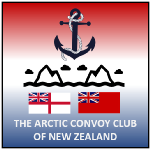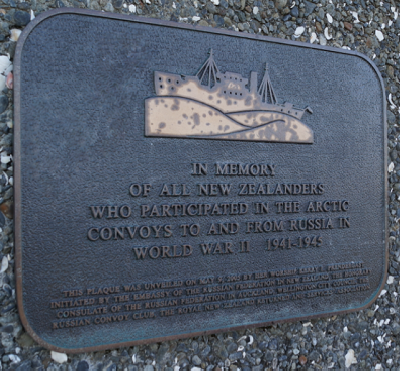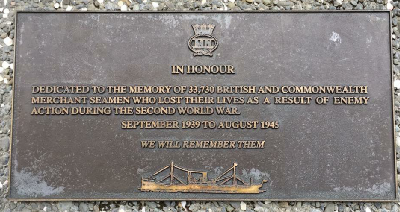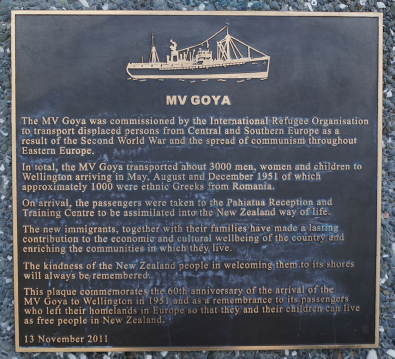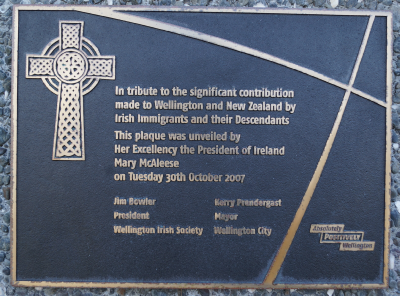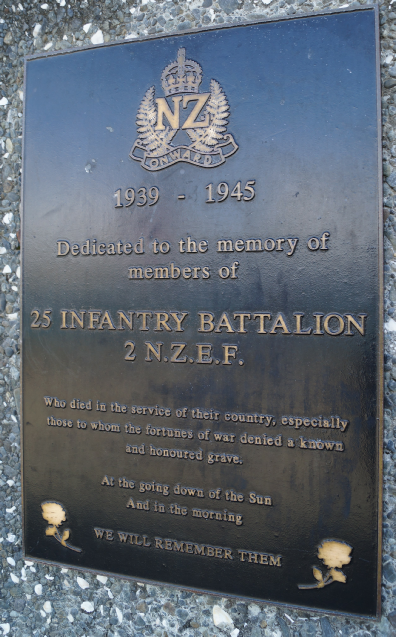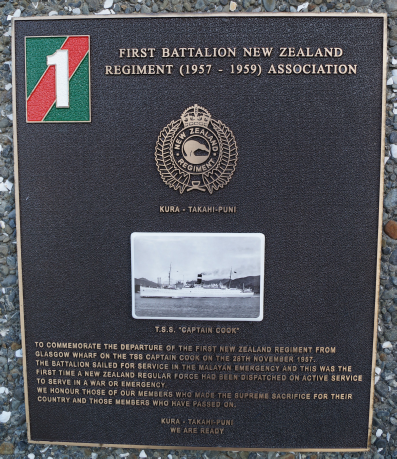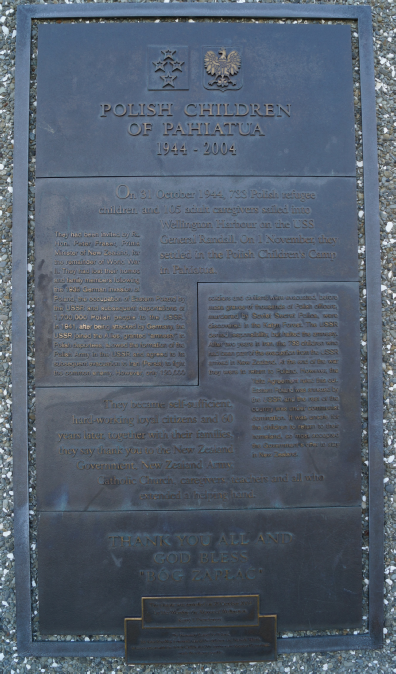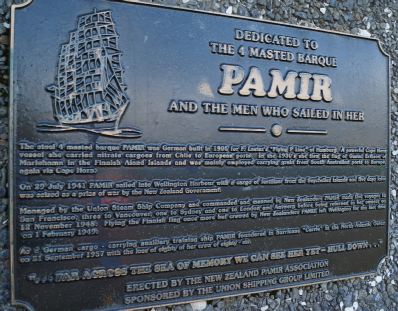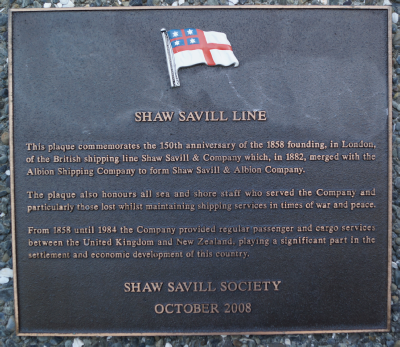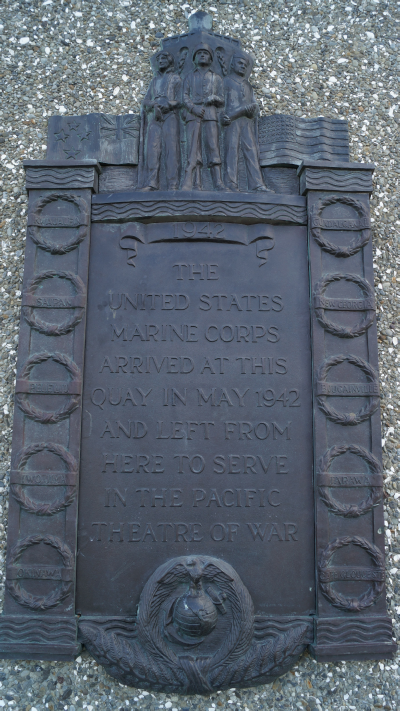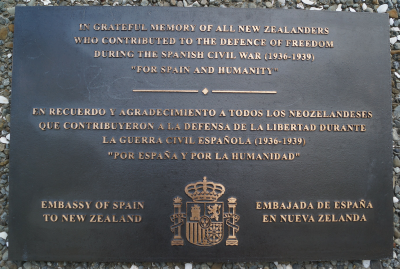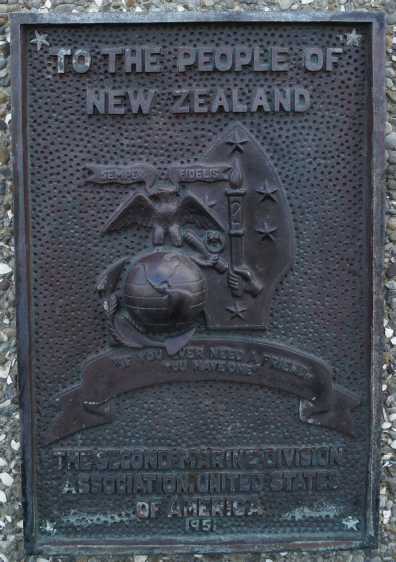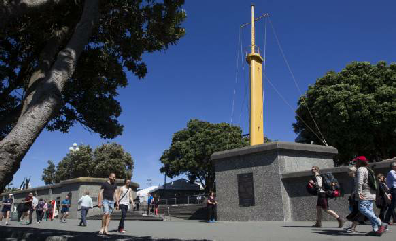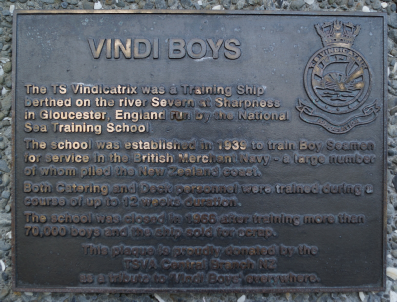Transcript:
POLISH CHILDREN OF PAHIATUA
1944 - 2004
On 31 October 1944, 733 Polish children and 105 adult caregivers sailed into Wellington harbour on the USS General Randall. On 1 November, they settled in the Polish Children’s Camp in Pahiatua.
They had been invited by Rt Hon. Peter Fraser, Prime Minister of New Zealand, for the remainder of World War II. They had lost their homes and family members following the 1939 invasion of Poland, the occupation of Eastern Poland by the USSR and subsequent deportations of 1,700,000 Polish people to the USSR.
In 1941, after being attacked by Germany, the USSR joined the Allies, granted “amnesty” to Polish deportees, allowed the formation of the Polish Army in the USSR and agreed to its subsequent evacuation to Iran (Persia) to fight the common enemy. However, only 120,000 soldiers and civilians were evacuated, before mass graves of thousands of Polish citizens, murdered by Soviet Secret Police were discovered in Katyn Forest. The USSR denied responsibility but halted the amnesty.
After two years in Iran, the 733 children who had been part of the evacuation from the USSR arrived in New Zealand. At the end of the war they were to return to Poland. However the Yalta Agreement ruled this out. Eastern Poland was annexed by the USSR and the rest of the country was under communist domination. It was unsafe for the children to return to their homeland, so most accepted the Government’s offer to stay in New Zealand.
They became self-sufficient, hard working loyal citizens and 60 years later, together with their families, they say thank you to the New Zealand Government, New Zealand Army, Catholic Church, caregivers, teachers and all who extended a helping hand.
THANK YOU ALL AND GOD BLESS
”BÓG ZAPLAC”
This plaque was unveiled on 25 October 2004 by Her Worship the Mayor of Wellington Kerry L. Prendergast



